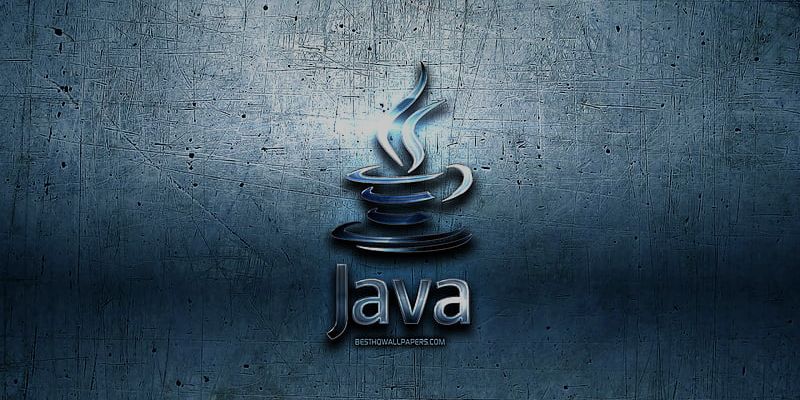
In modern software development, the ability to execute multiple tasks concurrently is paramount. Multithreading and parallel programming have become essential concepts, especially in languages like Java. This blog takes a Deep Dive into Multithreading and Parallel Programming. Aspiring developers keen on mastering these advanced techniques can find valuable insights and hands-on expertise through comprehensive courses offered by a reputable Java Training Institute In Chennai.
Understanding Multithreading
Multithreading refers to concurrently executing two or more threads within a single process. In Java, a thread is the smallest unit of execution, and multithreading allows developers to create applications that can perform multiple tasks simultaneously. This is particularly beneficial in scenarios where tasks can be executed independently, enhancing the overall performance and responsiveness of the application.
Parallel Programming in Java
Parallel programming takes the concept of multithreading a step further by dividing a larger task into smaller sub-tasks that can be executed concurrently. Java provides robust support for parallel programming through constructs like the Java Fork/Join framework and parallel streams introduced in Java 8. These features enable developers to harness the power of modern multicore processors, making their applications more efficient and scalable.
Key Concepts and Challenges
-
Thread Synchronization
In multithreading, synchronization is crucial to manage shared resources and avoid data inconsistencies. Java provides synchronized blocks and methods to ensure that only one thread can access critical code sections at a time, preventing race conditions and other concurrency issues.
-
Deadlocks and Starvation
Multithreading introduces the risk of deadlocks, where two or more threads are blocked indefinitely, waiting for each other to release resources. Addressing such issues requires careful design and implementation to avoid scenarios of thread starvation and ensure optimal performance. Enrolling in a reputable Java Online Course at FITA Academy can provide developers with the necessary expertise to navigate and mitigate challenges associated with multithreading.
Benefits of Multithreading and Parallel Programming
-
Improved Performance
Applications can perform tasks concurrently by leveraging multiple threads, leading to improved performance and reduced execution time. Parallel programming takes this a step further, allowing developers to capitalize on the processing power of modern hardware.
-
Enhanced Responsiveness
Multithreading enhances application responsiveness by allowing concurrent task execution. In scenarios where certain operations may take time, the user interface remains responsive, providing a smoother user experience.
Real-world Applications
-
Scientific Computing
Parallel programming is widely used in scientific applications for complex simulations, data analysis, and mathematical computations. Java’s support for parallel programming makes it suitable for these computationally intensive tasks.
-
Web Servers and Networking
Multithreading is essential in web servers to handle multiple client requests concurrently. Java’s ability to create and manage threads makes it well-suited for building scalable and responsive web applications.
This Blog is about a Deep Dive into Multithreading and Parallel Programming. As technology advances and hardware architectures evolve, the adept utilization of multithreading and parallel programming becomes increasingly crucial. Enrolling in a reputable Java Training Institute In Bangalore can empower developers with the knowledge and skills to harness these concepts effectively. By mastering these advanced programming techniques, Java developers can keep pace with the demands of today’s dynamic and ever-expanding software landscape and lead in innovation, ensuring their applications deliver optimal performance in the face of evolving technological landscapes.
Also Check: Java Developer Salary For Freshers
